If you’re lucky enough to live in a warm climate where citrus trees can thrive, then you know the joy of picking a fragrant orange or tangerine straight from your own backyard. But what if you live in a colder climate? Don’t worry; plenty of cold hardy citrus varieties can survive and even thrive in zone 8 environments.
Can Citrus Plants Grow in Zone 8?
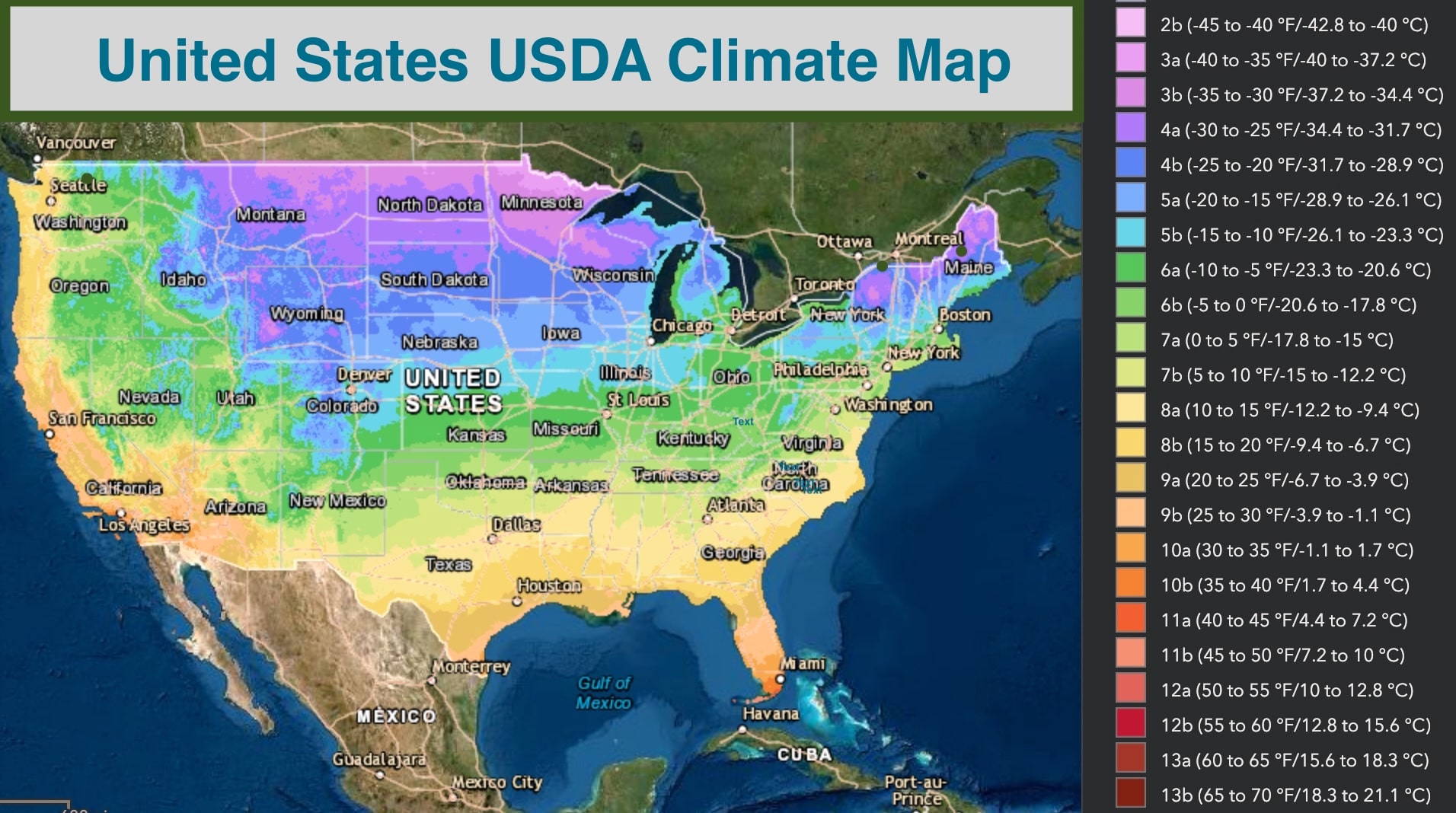
Yes, citrus plants can grow in zone 8 climates. The best part about growing cold hardy citrus is that most popular varieties are easy to find and relatively inexpensive.
When it comes to growing citrus trees, there are a few things you need to consider before getting started. Your climate zone, variety of citrus trees and rootstock, and the amount of sunlight your yard receives are all important factors to take into account.
The coastal climate is typically mild, with extended warm seasons for this particular zone. However, colder winters with occasional frost and freezing temperatures make it less ideal for semi-hardy citrus plants to survive. However, choosing the hardiest of cold-tolerant citrus plants will still give you plenty of oranges, grapefruits, and lemons.
The Best Varieties of Cold Hardy Citrus for Zone 8
1) Kumquats
Kumquats are a small, oval citrus fruit that is related to the orange. They are the only citrus fruit that can be eaten whole – skin, flesh, and seeds – because they are very tart and slightly sweet. Kumquats make a great addition to salads or are eaten as a snack.
Considered an evergreen tree that grows up to 15 feet tall, the kumquat tree is a great option for those living in zone 8. Additionally, the kumquat tree is very drought tolerant and does not require a lot of water to thrive. Best planted during the fall, the kumquat tree will bear fruit in the spring.
Caring for kumquats is easy – just make sure to fertilize them twice a year and water them regularly. Prune the tree in the spring and summer to maintain its shape.
Navel oranges are a type of orange characterized by the small “navel” or “button” at its base. These oranges are seedless and have thick skin that is easy to peel. Most navel oranges are used for juicing because of their high sugar content.
The navel orange tree is a medium-sized tree that can grow up to 20 feet tall. It is best planted in the fall and will bear fruit in late winter or early spring. The navel orange tree is cold-hardy and can withstand temperatures as low as 20 degrees Fahrenheit.
Like any other citrus tree, naval oranges prefer full sun and well-drained soil. During the winter season, your naval orange tree may lose its leaves but will resume growth in the spring.
3) Clementines
Clementines are a type of mandarin orange that is smaller and has a sweeter taste than other types of oranges. They are also seedless and have thin skin that is easy to peel.
The clementine tree is a small, evergreen tree that grows only up to 12 feet tall. Its leaves are dark green, with a red edge, and it produces fragrant white flowers in the spring. The clementine tree is cold-hardy and can withstand temperatures as low as 18 degrees Fahrenheit. Keeping the clementine tree’s soil moist is important, especially during the summer months. Caring for your clementine tree is relatively easy, and it will bear fruit in the winter.
It is suggested to plant clementines in large pots so they can be moved indoors during the colder months.
4) Meyer Lemon
Considered less acidic than other lemon variants, Meyer lemons are a hybrid citrus fruit that is believed to be a cross between a lemon and either an orange or mandarin orange. These lemons have thin skin that is fragrant and easy to peel. They are also typically sweeter and juicier than most lemons that we know of today.
A small tree that usually grows up to 12 feet tall, Meyer lemon trees are an excellent choice for those living in zone 8. Caring for a Meyer lemon tree is relatively easy – it just needs full sun, well-drained soil, and occasional watering. Since they’re small trees, those in zone 8 often plant Meyer lemons in large pots so they can be moved indoors to protect them from the cold.
5) Satsuma Mandarin
Satsumas are a type of mandarin orange characterized by their loose skin that can be easily peeled. These oranges are seedless and have a sweet, yet tangy flavor. Satsumas are often used in salads or as a snack because of their small size. The Satsuma tree will produce white or pink flowers during spring, giving off a sweet fragrance. Satsuma trees typically reach a height of 12-15 feet.
When planting a Satsuma tree, be sure to space it at least 20 feet away from other trees or buildings. Full sunlight and well-drained soil are best for these trees. They are cold-hardy and can withstand temperatures as low as 20 degrees Fahrenheit.
Cold Hardy Citrus Zone 8: Final Thoughts
So there you have it – a guide and list of cold hardy citrus trees that can be planted in zone 8. While some may require a little more care than others, all of these trees are sure to produce delicious and juicy fruit, with the added bonus of being able to withstand colder temperatures. With a bit of patience and TLC, you’ll be enjoying fresh citrus fruits straight from your own backyard in no time!
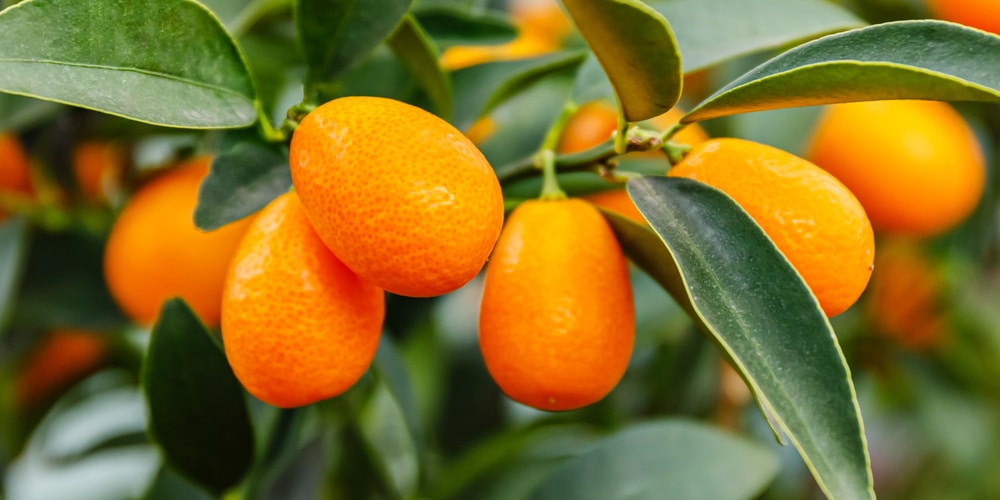
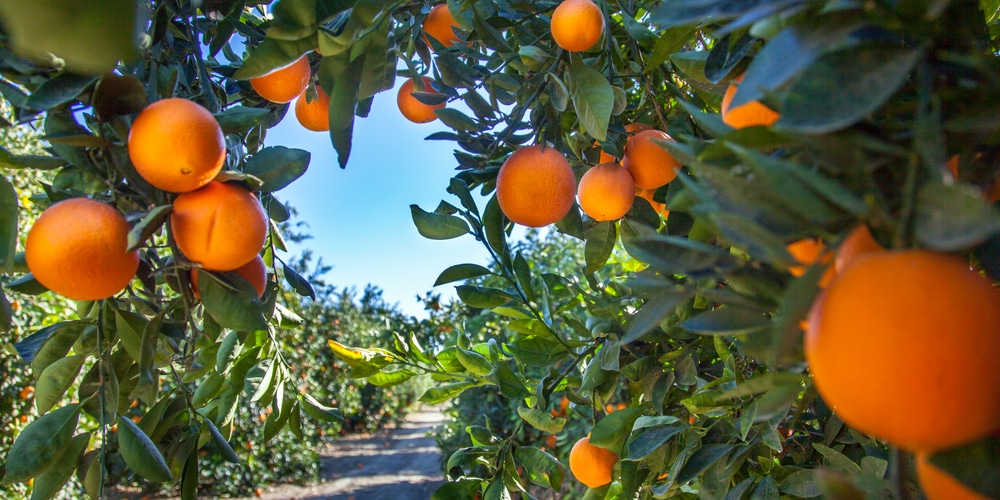
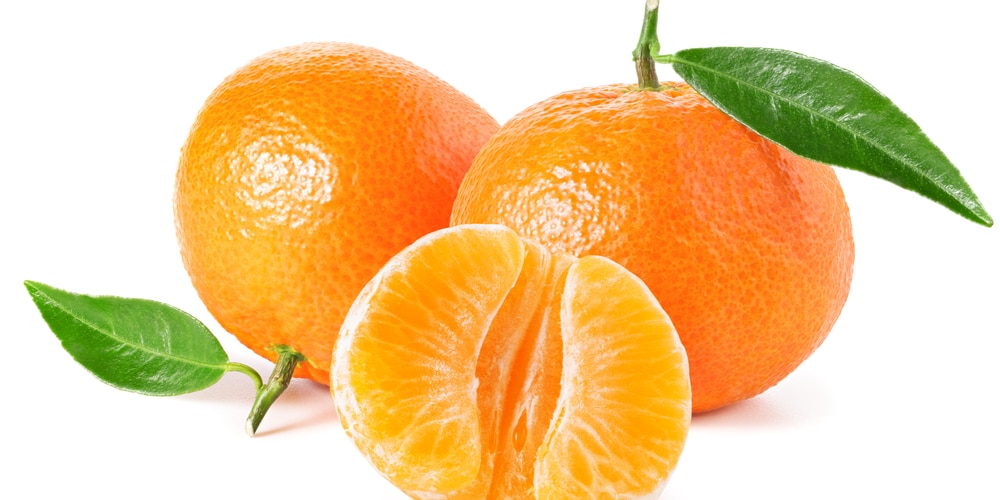
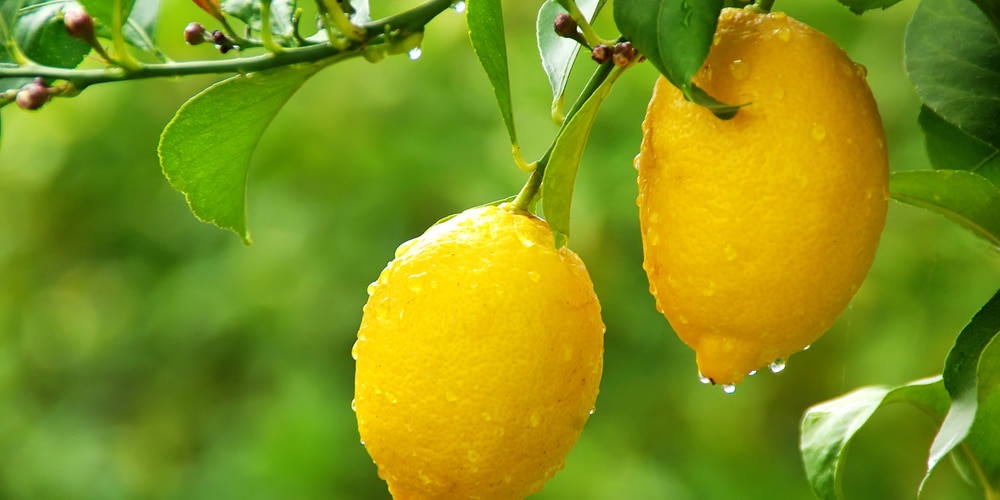
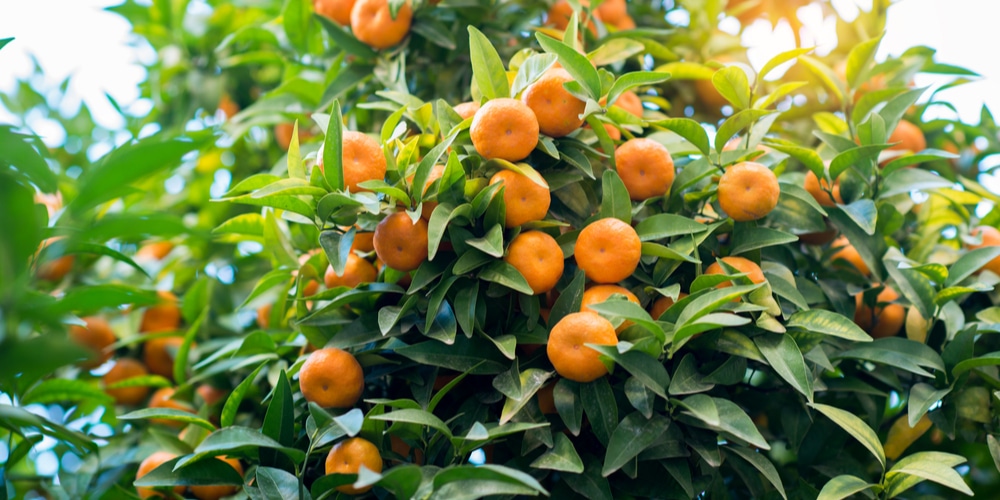
Why do you need to plant Satsuma so far from buildings?